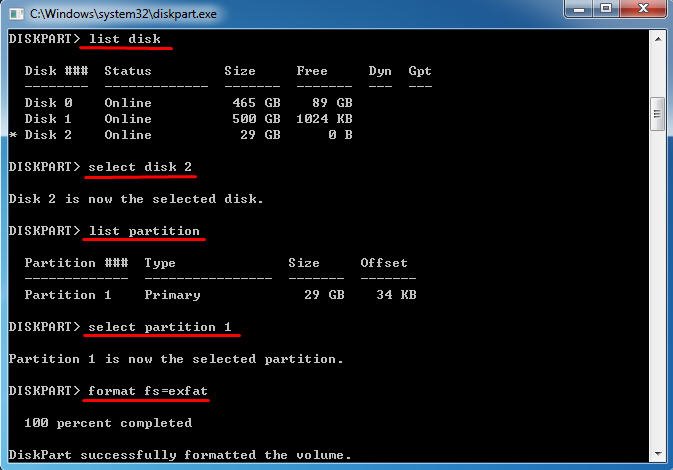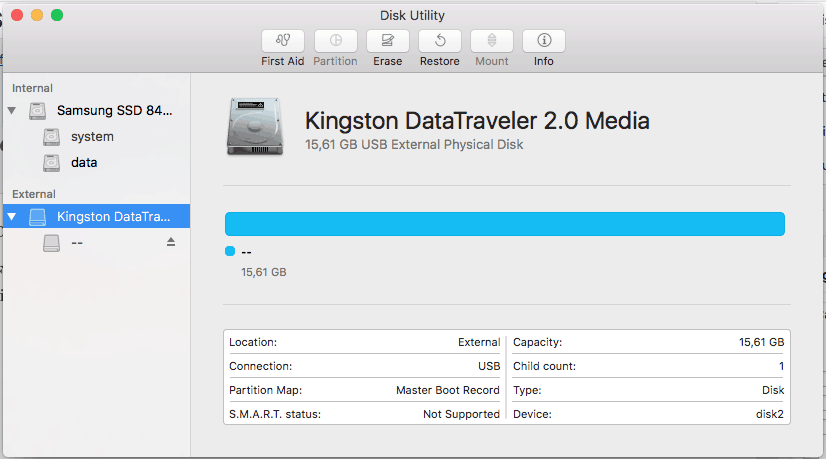
Many users count on formatting to fix any errors on storage devices. In this guide, you can find multiple methods to format USB disks and you can choose one based on actual situation and needs.įormatting USB drive, volume or HDD is common operation to all computer users.

Formatting a USB drive can repair corrupt partition as well as change file system format, thus we may need to format USB flash drive from time to time.

I can provide instructions if necessary if my earlier suggestion to erase the whole physical drive as exFAT does not work.This article mainly talks about how to format / reformat USB flash drive to FAT32, exFAT, NTFS or EXT4 file system in Windows 10/8/7/XP. If this happens, then you may need to use the command line to write zeroes to the beginning of the drive to destroy the partition table so that Disk Utility can then properly erase the drive. I've personally seen Disk Utility showing multiple items (volumes/Containers) when just a single APFS Container is on a drive and Disk Utility is unable to deal with it even when trying to erase the physical drive. I also see that Disk Utility is showing two identical looking volumes for your external drive and that may cause a problem with Disk Utility (it is nothing you've done wrong). Also exFAT allows for larger files than FAT32 so exFAT is the better option. Select the physical drive and erase it as GUID partition and exFAT since FAT32 has drive/partition size limitations and may not work on a 2TB drive (2TB is the maximum size, but some drives may be slightly larger and cause problems).

Within Disk Utility click on "View" and select "Show All Devices" so that the physical drives appear on the left pane of Disk Utility. Anybody can help? I'am runing on OS BigSur. I am trying to format my External HD using DiskUtility but there is no FAT 32 option to choose.


 0 kommentar(er)
0 kommentar(er)
